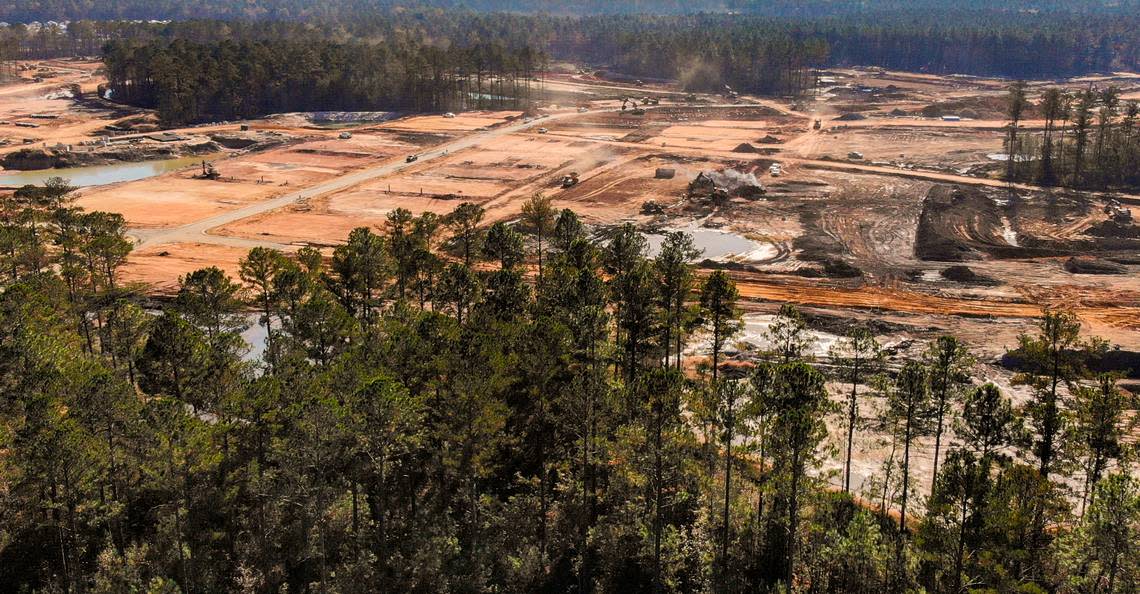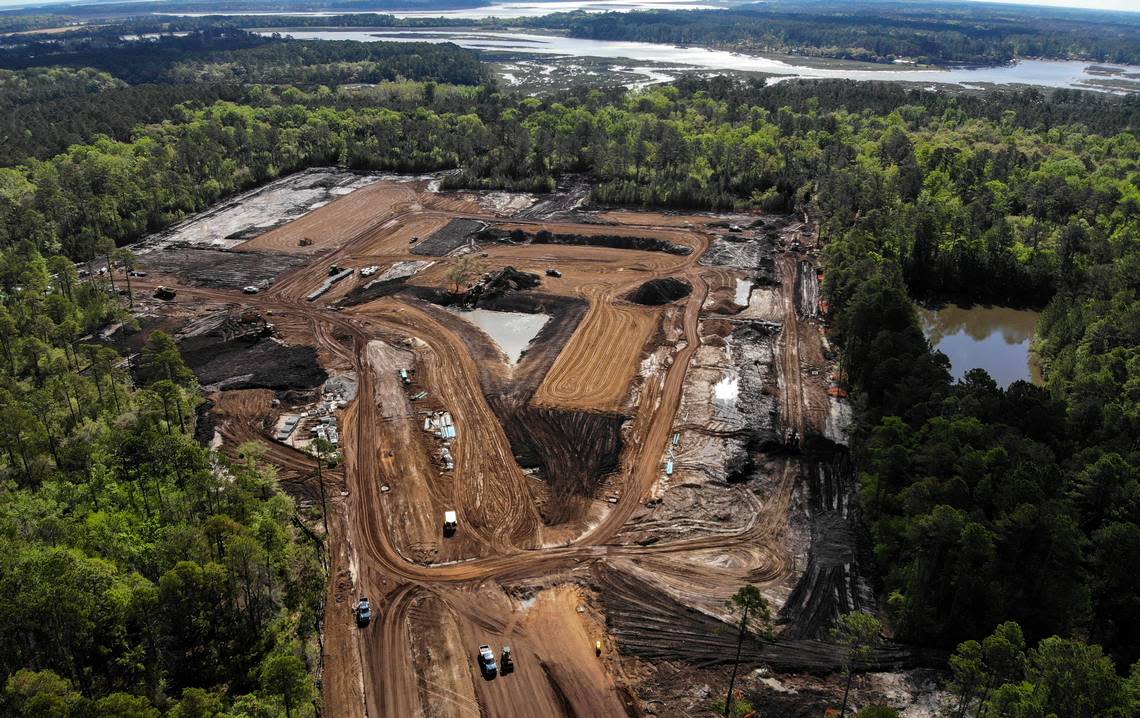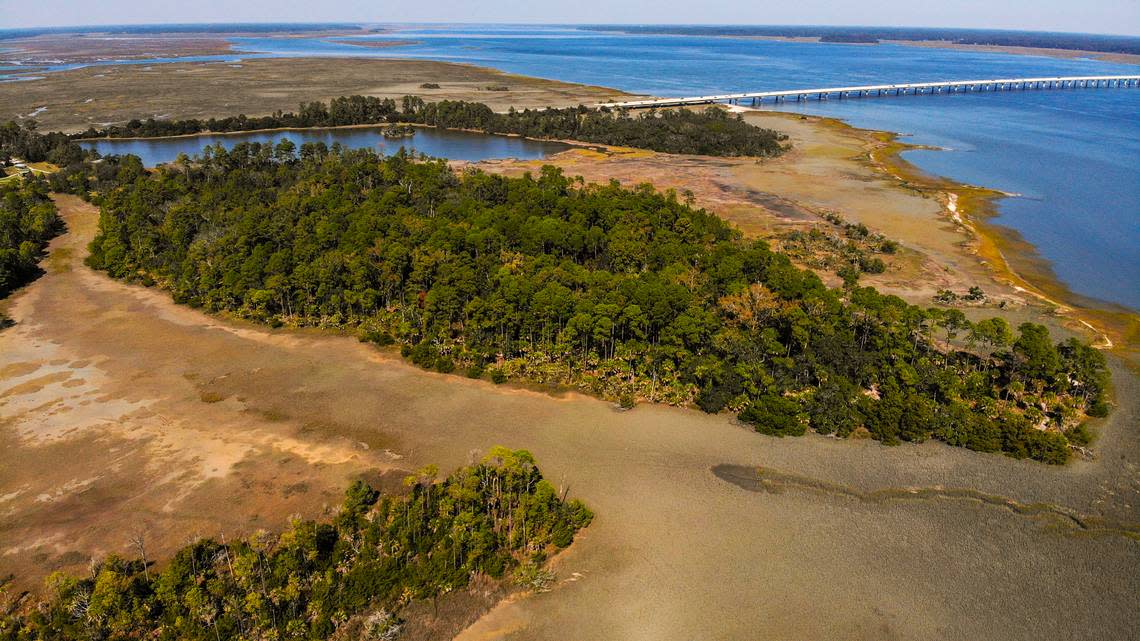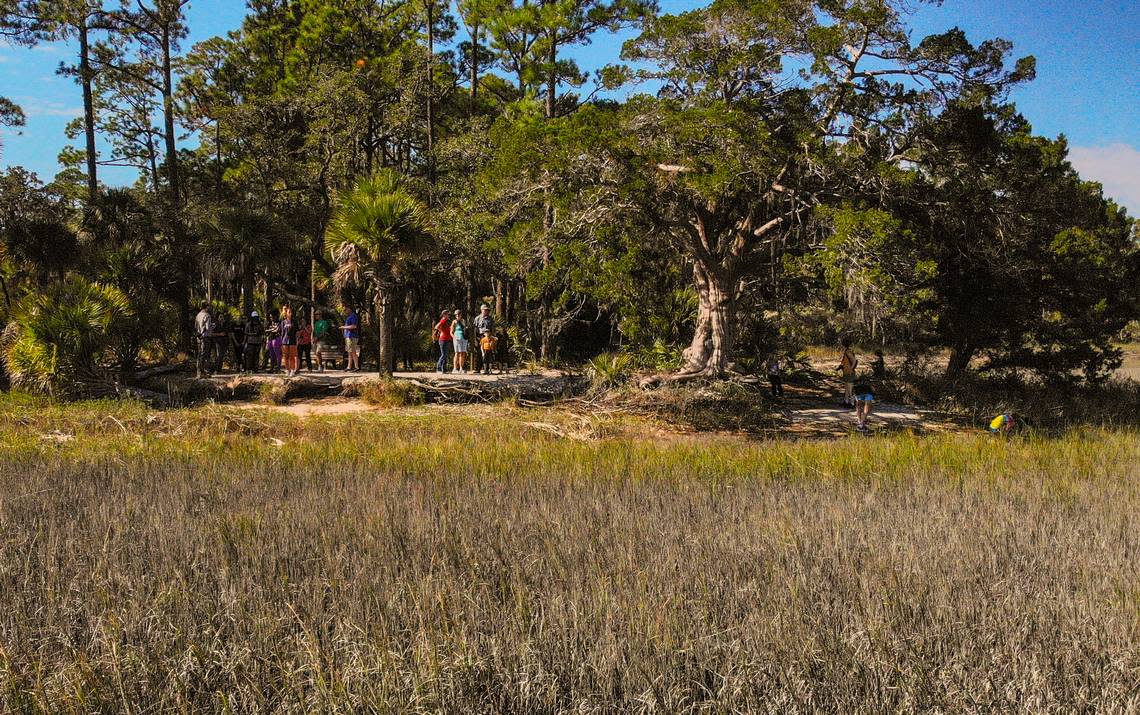Lowcountry swamped: Stop the rape of the Lowcountry by voting ‘yes’ on greenspace referendum
This is the final part of the Lowcountry Swamped series. Read about the problem of over development in the Lowcountry, the history behind a tract of Jasper County land being considered for conservation and other lands that have been conserved.
We all know what’s happening because we see it every day, but what can one poor soul do about it?
The lush South Carolina Lowcountry is getting raped by over-development.
It’s sinking Charleston and everything near it. In our neighborhood, it has eaten Hilton Head Island, Bluffton and Hardeeville and now threatens rural Jasper County.
Actually, each of us can do something. We can support groups that are fighting it and helping to buy land, development rights or compensate private landowners who voluntarily put conservation easements on their land.
But there’s only one silver bullet: get hold of the land or the development rights. That’s something each of us can help with.
It demands a “yes” vote on the Beaufort County Greenspace Sales Tax Referendum on the Nov. 8 ballot.
It would raise the sales tax by 1 percent for two years, or until $100 million is raised, with food, medicine and gas exempt.

Charles G. Lane of Charleston, who has been involved for 30 years with the ACE Basin project that has preserved 320,000 acres between Hilton Head Island and Charleston, says, “The tools we have are state dollars, county dollars, federal dollars, and land owners who have had a very good track record with conservation easements.”
The key is money, and approving the greenspace sales tax is the most effective thing the public can do to counteract the swamping of the Lowcountry.
State Sen. Tom Davis, a Beaufort Republican was the lead sponsor of the new state greenspace sales tax law, said municipalities are approving too much development, too fast.
“I don’t think people realize the magnitude of it,” he said. “I was shown a map of what the county would look like if everything permitted is built out. It’s staggering. It’s going to overwhelm our road system completely. What it is going to do to our rivers is terrible. In 10 to 15 years we’re going to regret letting this happen.”
CAN’T AFFORD NOT TO
Ironically, newcomers see it clearer than locals do.
“Part of the reason we fled the suburbs of New York City was to get away from over-development and congestion just like this,” a reader told me in response to a column about the never-ending sprawl here.
“The constant battle between the community and the developers and the local government was exhausting.
“It was also profoundly sad to see each and every piece of land sold off, and then packed with as many ‘ratables’ (property that provides tax income for local governments) as possible. There were no local farms left. Very few empty lots. Just condos and side-by-side tract homes, insane traffic, severely overcrowded schools, and more importantly a constantly (angry) community.”
People say $100 million is too much money. It’s not. It needs to be $500 million.
It costs much more to not take this action.
Dana Beach, retired founding director of the Coastal Conservation League based in Charleston, said, “One of the biggest problems as you know in the Lowcountry and everywhere is the subsidization of land diversion.
“It’s not just that the landowner wants to do it, the government comes in and pays vast sums of money to facilitate the destruction of a natural landscape so that it can become whatever the local government thinks – or doesn’t think – it might be a good idea to have.”
MORE ATOMIC BOMBS COMING
People say zoning is the solution. It’s not.
Zoning as a growth-management tool is good, but it changes constantly.

And the development agreements that municipalities latch onto bring drastic up-zoning, allowing thousands more units than existing zoning would.
Plus, they’re barely worth the paper they’re written on. Not only do they get extended, they change.
The town of Bluffton’s 1998 development agreement when it annexed the 20,000-acre Palmetto Bluff tract – the bell cow of an ensuing avalanche of development agreements as the town ballooned in size and population – has now been changed six times.
Hardeeville recently annexed the Karrh Tract at the headwaters of the New River. Its 1,048 upland acres and 1,183 acres of wetlands was zoned rural preservation in unincorporated Jasper County, but its new development agreement allows for a total of 2,620 single-family homes to be built on 929 acres, with 40 acres of mixed commercial development.

Hardeeville previously approved development of the East Argent area outside Sun City Hilton Head. The 7,350-acre East Argent project is expected to include 9,500 homes and apartments, as well as 1.5 million square feet of retail and office space. It’s an atomic bomb about to detonate.
The enabling legislation for the greenspace sales tax, approved by overwhelming majorities in the State House with full local support, warns that while development can bring prosperity, it comes at a high price.
It also “increases the amount of impervious surfaces throughout our state, which in turn creates new runoff and carries pollutants into our waterways. For example, a 2019 study found that development in the town of Bluffton has increased levels of fecal coliform in the May River 3,150 percent since 1999 …”
LITTLE ATLANTA
People say that with today’s inflation, now’s not a good time to add a tax. But rest assured the developers aren’t going away, and we can’t either.
Sen. Davis acknowledges that concern, but says “I feel like we’ve got a closing window of opportunity to make a difference with this over-development.”
People say it’s wrong for a money raised in Beaufort County to be used in other jurisdictions, which this sales tax would allow.
But the health of the Port Royal Sound and all its economic and social benefit to the community is based in large part on what happens around tributaries outside the county.
Pollution pays no attention to jurisdictional lines. This is a big problem that needs a big outlook.
And if you want to know how much it costs to turn back the clock and repair a polluted watershed, ask the people in numerous states that face billions of dollars in repairing damage done to the Chesapeake Bay.
Land conservation and environmental protection are bedrock values in our region. Voters have always said “yes” to kicking in a little extra to try to limit the rape of the Lowcountry, now morphing into Little Atlanta.

I encourage you to read the enabling legislation for the tax that is on the ballot Nov. 8, and the ballot measure itself, to see the protections against foolish or politically-motivated uses of the money.
And vote “yes” on both of the greenspace questions on the ballot.
The reader new to our community knows exactly what is at stake.
“We moved here precisely because it wasn’t Atlanta. Because it wasn’t Northern Virginia, or Nashville, or any of the other once-great communities that were permanently ruined by out-of-control development packing zillions of people into places for all the wrong reasons.
“We obviously knew that this would be an issue moving here (it’s an issue everywhere), and although it seems like it’s not as bad as Greenville yet … it’s easy to see where this ends up. And it’s not pretty.”
David Lauderdale may be reached at LauderdaleColumn@gmail.com.
